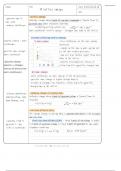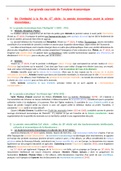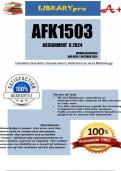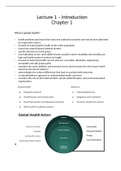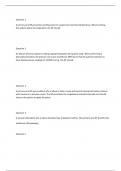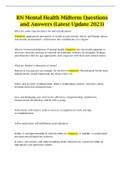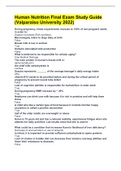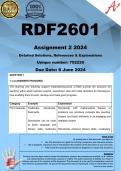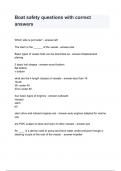Summary
A Level Chemistry Chapter 19 Lattice Energy Detailed Summary Note
- Module
- A level chemistry
- Institution
- A Level Chemistry
A Level Chemistry Chapter 19 Lattice Energy Detailed Summary Note including the topics - factors affecting lattice energy, enthalpy change, electron affinity, born-haber cycle, ion polarisation, and solubility
[Show more]
